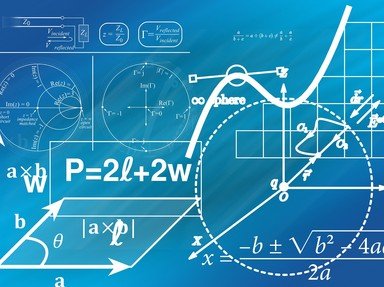Quiz Answer Key and Fun Facts
1. A mathematical group needs two basic components - a set of objects and a binary operator. Which of the following could we NOT use because it's not a well-defined set or a binary operator?
2. The first criterion that we will need to satisfy to get a group is closure. This means that every time we perform the defined operation on any operands in the set, the result must be what? (Pick the most precise answer!)
3. Once we have a magma (a set and an operator that together satisfy the closure criterion), the next step towards a group is a semigroup. This is a magma on which the associativity criterion is satisfied. Which is the mathematical equation that must be satisfied for associativity? (Using "&" as a generic operator.)
4. From a semigroup, the next step towards being a full group is the monoid. A monoid, again, needs to satisfy one additional criterion: We need an identity element. Which equation needs to be satisfied so that i can be called the identity element for the operation "&"?
5. The last criterion for a monoid with identity element i to become a group is invertibility - there needs to be an element x for each a so that a & x = i, but each a can have (and usually has) a different x. Do we also need to explicitly require that x & a = i?
6. Now that we know what a group is, let's analyze a real example. We take all real numbers and use multiplication as our operator. Is this a group?
7. How about this one: We take all irrational numbers and, for good measure, put zero (0) in the set as well so that we will have an identity element for addition. All other rational numbers, however, need to stay on the sidelines. How far do we get when checking this structure for being a group?
8. Here's the next candidate to check for you: We use the set {0;1;2;3;4;5;6;7;8;9;10;11;12} and addition mod 13 as our operation (you add the two numbers and if the result is 13 or more, subtract 13). Could this maybe be a group?
9. It can be proven that, in a group, each element has exactly one inverse element - there can't be two or more different inverse elements for the same a.
10. You may note that in all these steps, I have never required that the operation used in the group is commutative, meaning that a & b = b & a for all a and b. It certainly sounds plausible since we already know that a & i = i & a. So can there be a group in which there is no commutativity?
Source: Author
WesleyCrusher
This quiz was reviewed by FunTrivia editor
CellarDoor before going online.
Any errors found in FunTrivia content are routinely corrected through our feedback system.
